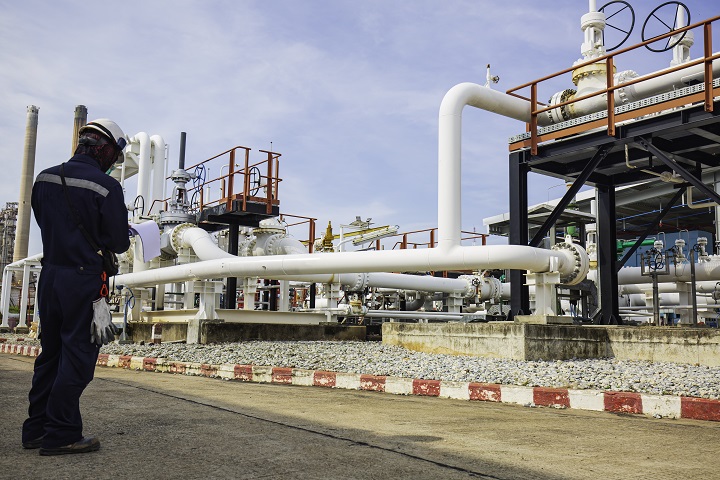 The channels and processes used to send material through pipelines have changed drastically over time. The oil and gas industry has to make many complex arrangements to complete the whole process effortlessly. If any step goes wrong, it can cause huge problems for the entire industry.
The channels and processes used to send material through pipelines have changed drastically over time. The oil and gas industry has to make many complex arrangements to complete the whole process effortlessly. If any step goes wrong, it can cause huge problems for the entire industry.
The materials that are used to manufacture pipes can vary. Both above ground and underground pipelines have separate manufacturing materials. However, some common factors affect the material used for the pipe.
Oil pipe suppliers have claimed that the placement of pipes plays a massive part in completing the process of delivering oil and gas.
Which Category the Pipelines Fall In?
Many people must understand that pipelines have much other work than just being the distribution channel. Oil pipe suppliers can categorize pipelines into many different types, namely:
- Transportation
- Gathering
- Feeder
- Flowline
- Distribution
Explaining The Categories
According to oil pipe suppliers, all type of pipelines have their advantages and are used for different work.
Distribution- Oil pipe suppliers deliver these types of pipe to the distribution companies. These pipelines do not have much pressure-holding capacity, and their diameter is smaller than other pipelines. The oil and gas must undergo certain methods to be ready for distribution. The distribution pipelines are used to send the products to the consumer during this time. They consist of two parts known as ‘mains’ and ‘service’ lines.
-
Mains-
These pipelines are seen between high-pressure transmission lines and low-pressure service lines.
-
Service Lines-
This part of the pipe sends the gas to the customers.
Feeder- Feeder pipelines are used to transfer oil and gas to long distances. Oil pipe suppliers said these pipes are manufactured to transfer products from the processing facility to the storage tank. Most of the time, a feeder pipeline is used to transfer crude oil and natural gas.
Gathering- These pipelines are also short in length and aren’t very strong at holding high pressure. They can’t be immediately used after the oil has been extracted from its source. The suppliers say that gathering pipelines send oil and gas from the primary source to the processing tank. They are mostly two hundred meters long and are under 18” in diameter. Specific rules must be followed while building gathering pipelines in highly populated areas.
Transmission- Transmission pipelines are quite common and are much longer. Many such pipelines can run between countries and continents. They send products from the primary source to the distribution channel. They can be as big as 42” in diameter and operate at very high pressure.
Wrapping In a Nutshell
Now that you have a clear idea of the pipelines used for transporting oil and gas products, you can contact International Pipe & Supply. They have been in the pipe industry for over 40 years and offer new, used, and surplus pipes. Call to know more about their services.
